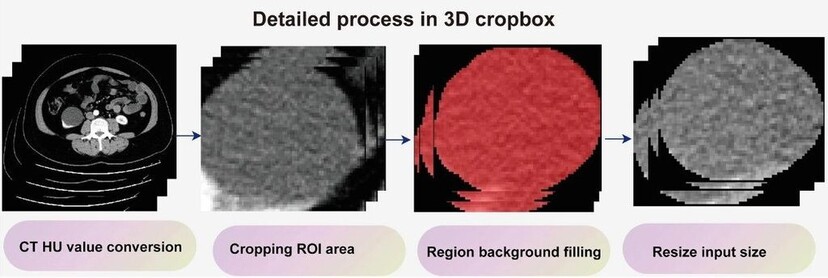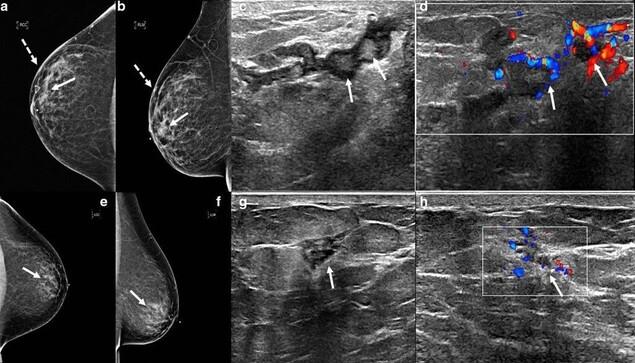Sigh – I Saw the World’s End – Hangman’s Hymn MMXXV [Things You Might Have Missed 2025]
By Grymm
Before we start… yes. Yes, we received I Saw the World’s End – Hangman’s Hymn MMXXV on time back when it was released this past June. There was a debate behind the scenes whether a complete remake of Sigh’s seventh full-length from 2007, Hangman’s Hymn, justifies a full-length review. At the end of the day, newer, current bands and releases that were created in 2025 needed precedence, and thus a remake of a classic album, one that many feel didn’t necessarily need one, took a backseat. In doing so, many people slept on it and decided to move on. Which would be a shame, as not only does I Saw the World’s End sound a hell of a lot better than the original, it improves upon it in almost every aspect.
What Sigh mainman/bassist/vocalist Mirai Kawashima possessed in 2007 was a plethora of ideas and a hunger to see them to fruition. The Mirai of 2025 still possesses those qualities, but also now has a backing band to see them come to life, and the results are a jaw-dropping improvement. Former guitarist Shinichi Ishikawa and former drummer Junichi Harashima weren’t slouches when Hangman’s Hymn was originally released, but current guitarist Nozomu Wakai and session drummer Mike Heller (Malignancy, ex-Fear Factory) bring so much more to the table creatively. The revamp of “Me-Devil” sees Wakai turn the chorus from a straight-ahead thrash riff to a near-blackened assault. His solos are also a massive departure over Ishikawa’s, soaring as opposed to just being a placeholder.
And Heller? Seriously, just listen to “Introitus/Kyrie” of 2025 and compare that to the original. While the original kept a straight-ahead marching attack, Heller’s variety, speed, and skill elevate the song, with rolling tom flourishes, blasts, and fill after glorious fill highlighting Kawashima’s songwriting genius. Elsewhere, his near-militaristic take on “The Memories as a Sinner,” combined with Wakai’s shred-tastic soloing, turns the song into a much meaner tune. In fact, what both men bring to the reworking of Hangman’s Hymn is such a vastly superior improvement that showcasing a few examples was difficult, when they’re all impressive.
It doesn’t hurt that the Lasse Lammert production cleans things up where they’re needed (especially in the bass and live brass instrumentation), and beefs things up where necessary (the drums and guitars). The vocals of Kawashima and his wife, Dr. Mikannibal (who joined just after the original was released), also cut through with alarming clarity and focus, often playing off each other’s delivery. Sure, some of the original’s hiccups remain (I’m still trying to wrap my head around Kawashima’s impish Baby Ms. Piggy-like vocals in the choruses of “Inked in Blood,” but I recognize that that’s a Me Thing), but everything else answers why Kawashima would choose to rework an album that’s already a classic in many people’s eyes. While I loved the original, I Saw the World’s End is several notches above it; it’s frightening. After all, I would take this over a poorly-produced, massively downgraded redux any day of the week.1
Tracks to Check Out: This really is a “sit and absorb” kind of album, so sit and absorb it, will ya?
#2025 #AvantGardeMetal #FearFactory #HangmanSHymnMMXXV #ISawTheWorldSEnd #JapaneseMetal #Malignancy #Pallbearer #PeacevilleRecords #Sigh #ThingsYouMightHaveMissed2025










